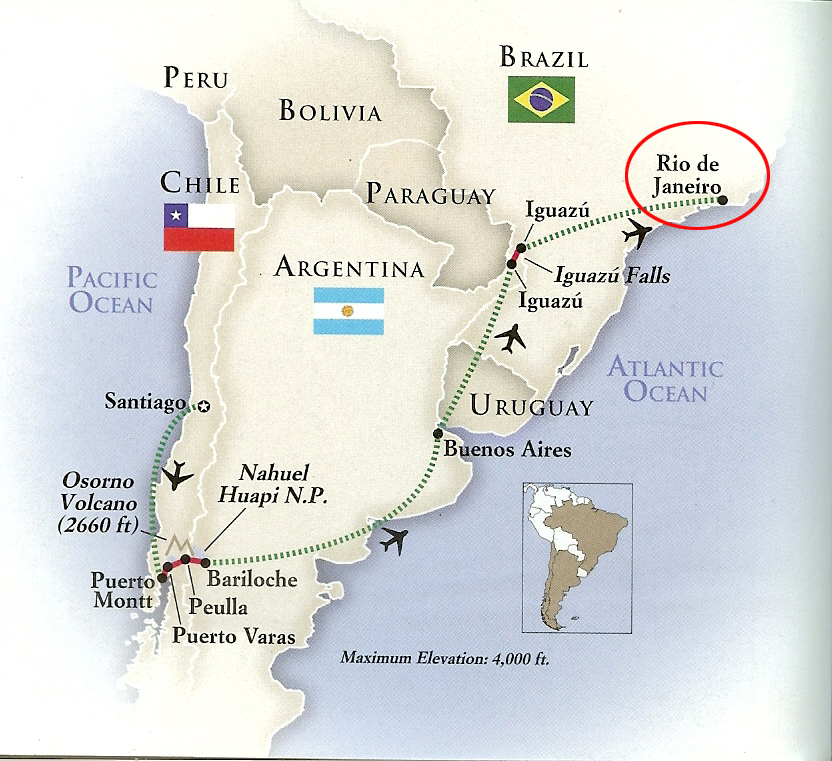South America: Rio De Janeiro, Brazil
Jun 8, 2022 14:40:16 #
We left Iguasu Falls after lunch and arrived in Rio in the late afternoon. The first set was taken through the tour bus window on the ride from the airport to our hotel on Ipanema Beach.
Rio de Janeiro (/ˈriːoʊ di ʒʌˈneɪruː/; Portuguese: [ˈχiw d(ʒi) ʒɐˈne(j)ɾu] (listen)), or simply Rio, literally River of January, is the second-most populous city in Brazil and the sixth-most populous in the Americas. Rio de Janeiro is the capital of the state of the same name, Brazil's third-most populous state, after São Paulo and Minas Gerais. Part of the city has been designated as a World Heritage Site, named "Rio de Janeiro: Carioca Landscapes between the Mountain and the Sea", on 1 July 2012 as a Cultural Landscape.
Founded in 1565 by the Portuguese, the city was initially the seat of the Captaincy of Rio de Janeiro, a domain of the Portuguese Empire. In 1763, it became the capital of the State of Brazil, a state of the Portuguese Empire. In 1808, when the Portuguese Royal Court moved to Brazil, Rio de Janeiro became the seat of the court of Queen Maria I of Portugal. She subsequently, under the leadership of her son the prince regent João VI of Portugal, raised Brazil to the dignity of a kingdom, within the United Kingdom of Portugal, Brazil, and Algarves. Rio remained as the capital of the pluricontinental Lusitanian monarchy until 1822, when the War of Brazilian Independence began. This is one of the few instances in history that the capital of a colonizing country officially shifted to a city in one of its colonies. Rio de Janeiro subsequently served as the capital of the independent monarchy, the Empire of Brazil, until 1889, and then the capital of a republican Brazil until 1960 when the capital was transferred to Brasília.
Rio de Janeiro has the second-largest municipal GDP in the country, and 30th-largest in the world in 2008. This is estimated at about R$343 billion (nearly US$201 billion). It is headquarters to Brazilian oil, mining, and telecommunications companies, including two of the country's major corporations, Petrobras and Vale, and Latin America's largest telemedia conglomerate, Grupo Globo. The home of many universities and institutes, it is the second-largest center of research and development in Brazil, accounting for 17 percent of national scientific output according to 2005 data. Despite the high perception of crime, the city actually has a lower incidence of crime than most state capitals in Brazil.
Rio de Janeiro is one of the most visited cities in the Southern Hemisphere and is known for its natural settings, Carnival, samba, bossa nova, and balneario beaches such as Barra da Tijuca, Copacabana, Ipanema, and Leblon. In addition to the beaches, some of the most famous landmarks include the giant statue of Christ the Redeemer atop Corcovado mountain, named one of the New Seven Wonders of the World; Sugarloaf Mountain with its cable car; the Sambódromo (Sambadrome), a permanent grandstand-lined parade avenue which is used during Carnival; and Maracanã Stadium, one of the world's largest football stadiums. Rio de Janeiro was the host of the 2016 Summer Olympics and the 2016 Summer Paralympics, making the city the first South American and Portuguese-speaking city to ever host the events, and the third time the Olympics were held in a Southern Hemisphere city. The Maracanã Stadium held the finals of the 1950 and 2014 FIFA World Cups, the 2013 FIFA Confederations Cup, and the XV Pan American Games.
Europeans first encountered Guanabara Bay on 1 January 1502 (hence Rio de Janeiro, "January River"), during a Portuguese expedition under explorer Gaspar de Lemos, captain of a ship in Pedro Álvares Cabral's fleet, or under Gonçalo Coelho.[15] Allegedly the Florentine explorer Amerigo Vespucci participated as observer at the invitation of King Manuel I in the same expedition.
In 1555, one of the islands of Guanabara Bay, now called Villegagnon Island, was occupied by 500 French colonists under the French admiral Nicolas Durand de Villegaignon. Consequently, Villegagnon built Fort Coligny on the island when attempting to establish the France Antarctique colony. Eventually this French settlement became too much of a threat to the established Portuguese colony and in 1560 the order was made to get rid of them. A years long military aggression was then initiated by the new Governor General of Brazil Mem De Sa, and later continued by his nephew Estacio De Sa. On 20 January 1567, a final defeat was imposed on the French forces and they were decisively expelled from Brazil for good.
The city of Rio de Janeiro proper was founded on 1 March 1565 by the Portuguese, led by Estácio de Sá, including Antônio de Mariz. It was named São Sebastião do Rio de Janeiro, in honor of St. Sebastian, the saint who was the namesake and patron of the Portuguese then-monarch Sebastião. Rio de Janeiro was the name of Guanabara Bay. Until early in the 18th century, the city was threatened or invaded by several mostly French pirates and buccaneers, such as Jean-François Duclerc and René Duguay-Trouin.
In the late 17th century, still during the Sugar Era, the Bandeirantes discovered gold and diamonds in the neighboring captaincy of Minas Gerais, thus Rio de Janeiro became a much more practical port for exporting wealth (gold, precious stones, besides the sugar) than Salvador, Bahia, much farther northeast. On 27 January 1763, the colonial administration in Portuguese America was moved from Salvador to Rio de Janeiro. The city remained primarily a colonial capital until 1808, when the Portuguese royal family and most of the associated Lisbon nobles, fleeing from Napoleon's invasion of Portugal, moved to Rio de Janeiro.
Rio de Janeiro is on the far western part of a strip of Brazil's Atlantic coast (between a strait east to Ilha Grande, on the Costa Verde, and the Cabo Frio), close to the Tropic of Capricorn, where the shoreline is oriented east–west. Facing largely south, the city was founded on an inlet of this stretch of the coast, Guanabara Bay (Baía de Guanabara), and its entrance is marked by a point of land called Sugar Loaf (Pão de Açúcar) – a "calling card" of the city.
The center (Centro), the core of Rio, lies on the plains of the western shore of Guanabara Bay. The greater portion of the city, commonly referred to as the North Zone (Zona Norte, Rio de Janeiro, extends to the northwest on plains composed of marine and continental sediments and on hills and several rocky mountains. The South Zone (Zona Sul) of the city, reaching the beaches fringing the open sea, is cut off from the center and from the North Zone by coastal mountains. These mountains and hills are offshoots of the Serra do Mar to the northwest, the ancient gneiss-granite mountain chain that forms the southern slopes of the Brazilian Highlands. The large West Zone (Zona Oeste), long cut off by the mountainous terrain, had been made more easily accessible to those on the South Zone by new roads and tunnels by the end of the 20th century.
The population of the city of Rio de Janeiro, occupying an area of 1,182.3 square kilometers (456.5 sq mi), is about 6,000,000. The population of the greater metropolitan area is estimated at 11–13.5 million. Residents of the city are known as cariocas. The official song of Rio is "Cidade Maravilhosa", by composer André Filho.
Rio de Janeiro is Brazil's primary tourist attraction and resort. It receives the most visitors per year of any city in South America with 2.82 million international tourists a year.
The city boasts world-class hotels, like Belmond Copacabana Palace, approximately 80 kilometers of beaches and the famous Corcovado, Sugarloaf mountains and Maracanã Stadium. While the city had in past had a thriving tourism sector, the industry entered a decline in the last quarter of the 20th century. Annual international airport arrivals dropped from 621,000 to 378,000 and average hotel occupancy dropped to 50% between 1985 and 1993. The fact that Brasília replaced Rio de Janeiro as the Brazilian capital in 1960 and that São Paulo replaced Rio as the country's commercial, financial and main cultural center during the mid-20th century, has also been cited as a leading cause of the decline.
Rio de Janeiro's government has since undertaken to modernize the city's economy, reduce its chronic social inequalities, and improve its commercial standing as part of an initiative for the regeneration of the tourism industry.
Rio de Janeiro is an international hub of highly active and diverse nightlife with bars, dance bars and nightclubs staying open well past midnight. The city is an important global LGBT destination, 1 million LGBT tourists visiting each year.
The Farme de Amoedo Street"Rua Farme de Amoedo" is located in Ipanema, a famous neighborhood in the South Zone of Rio de Janeiro. The street and the nearby beach, famous tourist spots, are remarkable for their popularity in the LGBT community. Rio de Janeiro is the most awarded destination by World Travel Awards in the South American category of "best destination."
https://en.wikipedia.org/wiki/Rio_de_Janeiro
I hope you enjoy these images!
Mark
Rio de Janeiro (/ˈriːoʊ di ʒʌˈneɪruː/; Portuguese: [ˈχiw d(ʒi) ʒɐˈne(j)ɾu] (listen)), or simply Rio, literally River of January, is the second-most populous city in Brazil and the sixth-most populous in the Americas. Rio de Janeiro is the capital of the state of the same name, Brazil's third-most populous state, after São Paulo and Minas Gerais. Part of the city has been designated as a World Heritage Site, named "Rio de Janeiro: Carioca Landscapes between the Mountain and the Sea", on 1 July 2012 as a Cultural Landscape.
Founded in 1565 by the Portuguese, the city was initially the seat of the Captaincy of Rio de Janeiro, a domain of the Portuguese Empire. In 1763, it became the capital of the State of Brazil, a state of the Portuguese Empire. In 1808, when the Portuguese Royal Court moved to Brazil, Rio de Janeiro became the seat of the court of Queen Maria I of Portugal. She subsequently, under the leadership of her son the prince regent João VI of Portugal, raised Brazil to the dignity of a kingdom, within the United Kingdom of Portugal, Brazil, and Algarves. Rio remained as the capital of the pluricontinental Lusitanian monarchy until 1822, when the War of Brazilian Independence began. This is one of the few instances in history that the capital of a colonizing country officially shifted to a city in one of its colonies. Rio de Janeiro subsequently served as the capital of the independent monarchy, the Empire of Brazil, until 1889, and then the capital of a republican Brazil until 1960 when the capital was transferred to Brasília.
Rio de Janeiro has the second-largest municipal GDP in the country, and 30th-largest in the world in 2008. This is estimated at about R$343 billion (nearly US$201 billion). It is headquarters to Brazilian oil, mining, and telecommunications companies, including two of the country's major corporations, Petrobras and Vale, and Latin America's largest telemedia conglomerate, Grupo Globo. The home of many universities and institutes, it is the second-largest center of research and development in Brazil, accounting for 17 percent of national scientific output according to 2005 data. Despite the high perception of crime, the city actually has a lower incidence of crime than most state capitals in Brazil.
Rio de Janeiro is one of the most visited cities in the Southern Hemisphere and is known for its natural settings, Carnival, samba, bossa nova, and balneario beaches such as Barra da Tijuca, Copacabana, Ipanema, and Leblon. In addition to the beaches, some of the most famous landmarks include the giant statue of Christ the Redeemer atop Corcovado mountain, named one of the New Seven Wonders of the World; Sugarloaf Mountain with its cable car; the Sambódromo (Sambadrome), a permanent grandstand-lined parade avenue which is used during Carnival; and Maracanã Stadium, one of the world's largest football stadiums. Rio de Janeiro was the host of the 2016 Summer Olympics and the 2016 Summer Paralympics, making the city the first South American and Portuguese-speaking city to ever host the events, and the third time the Olympics were held in a Southern Hemisphere city. The Maracanã Stadium held the finals of the 1950 and 2014 FIFA World Cups, the 2013 FIFA Confederations Cup, and the XV Pan American Games.
Europeans first encountered Guanabara Bay on 1 January 1502 (hence Rio de Janeiro, "January River"), during a Portuguese expedition under explorer Gaspar de Lemos, captain of a ship in Pedro Álvares Cabral's fleet, or under Gonçalo Coelho.[15] Allegedly the Florentine explorer Amerigo Vespucci participated as observer at the invitation of King Manuel I in the same expedition.
In 1555, one of the islands of Guanabara Bay, now called Villegagnon Island, was occupied by 500 French colonists under the French admiral Nicolas Durand de Villegaignon. Consequently, Villegagnon built Fort Coligny on the island when attempting to establish the France Antarctique colony. Eventually this French settlement became too much of a threat to the established Portuguese colony and in 1560 the order was made to get rid of them. A years long military aggression was then initiated by the new Governor General of Brazil Mem De Sa, and later continued by his nephew Estacio De Sa. On 20 January 1567, a final defeat was imposed on the French forces and they were decisively expelled from Brazil for good.
The city of Rio de Janeiro proper was founded on 1 March 1565 by the Portuguese, led by Estácio de Sá, including Antônio de Mariz. It was named São Sebastião do Rio de Janeiro, in honor of St. Sebastian, the saint who was the namesake and patron of the Portuguese then-monarch Sebastião. Rio de Janeiro was the name of Guanabara Bay. Until early in the 18th century, the city was threatened or invaded by several mostly French pirates and buccaneers, such as Jean-François Duclerc and René Duguay-Trouin.
In the late 17th century, still during the Sugar Era, the Bandeirantes discovered gold and diamonds in the neighboring captaincy of Minas Gerais, thus Rio de Janeiro became a much more practical port for exporting wealth (gold, precious stones, besides the sugar) than Salvador, Bahia, much farther northeast. On 27 January 1763, the colonial administration in Portuguese America was moved from Salvador to Rio de Janeiro. The city remained primarily a colonial capital until 1808, when the Portuguese royal family and most of the associated Lisbon nobles, fleeing from Napoleon's invasion of Portugal, moved to Rio de Janeiro.
Rio de Janeiro is on the far western part of a strip of Brazil's Atlantic coast (between a strait east to Ilha Grande, on the Costa Verde, and the Cabo Frio), close to the Tropic of Capricorn, where the shoreline is oriented east–west. Facing largely south, the city was founded on an inlet of this stretch of the coast, Guanabara Bay (Baía de Guanabara), and its entrance is marked by a point of land called Sugar Loaf (Pão de Açúcar) – a "calling card" of the city.
The center (Centro), the core of Rio, lies on the plains of the western shore of Guanabara Bay. The greater portion of the city, commonly referred to as the North Zone (Zona Norte, Rio de Janeiro, extends to the northwest on plains composed of marine and continental sediments and on hills and several rocky mountains. The South Zone (Zona Sul) of the city, reaching the beaches fringing the open sea, is cut off from the center and from the North Zone by coastal mountains. These mountains and hills are offshoots of the Serra do Mar to the northwest, the ancient gneiss-granite mountain chain that forms the southern slopes of the Brazilian Highlands. The large West Zone (Zona Oeste), long cut off by the mountainous terrain, had been made more easily accessible to those on the South Zone by new roads and tunnels by the end of the 20th century.
The population of the city of Rio de Janeiro, occupying an area of 1,182.3 square kilometers (456.5 sq mi), is about 6,000,000. The population of the greater metropolitan area is estimated at 11–13.5 million. Residents of the city are known as cariocas. The official song of Rio is "Cidade Maravilhosa", by composer André Filho.
Rio de Janeiro is Brazil's primary tourist attraction and resort. It receives the most visitors per year of any city in South America with 2.82 million international tourists a year.
The city boasts world-class hotels, like Belmond Copacabana Palace, approximately 80 kilometers of beaches and the famous Corcovado, Sugarloaf mountains and Maracanã Stadium. While the city had in past had a thriving tourism sector, the industry entered a decline in the last quarter of the 20th century. Annual international airport arrivals dropped from 621,000 to 378,000 and average hotel occupancy dropped to 50% between 1985 and 1993. The fact that Brasília replaced Rio de Janeiro as the Brazilian capital in 1960 and that São Paulo replaced Rio as the country's commercial, financial and main cultural center during the mid-20th century, has also been cited as a leading cause of the decline.
Rio de Janeiro's government has since undertaken to modernize the city's economy, reduce its chronic social inequalities, and improve its commercial standing as part of an initiative for the regeneration of the tourism industry.
Rio de Janeiro is an international hub of highly active and diverse nightlife with bars, dance bars and nightclubs staying open well past midnight. The city is an important global LGBT destination, 1 million LGBT tourists visiting each year.
The Farme de Amoedo Street"Rua Farme de Amoedo" is located in Ipanema, a famous neighborhood in the South Zone of Rio de Janeiro. The street and the nearby beach, famous tourist spots, are remarkable for their popularity in the LGBT community. Rio de Janeiro is the most awarded destination by World Travel Awards in the South American category of "best destination."
https://en.wikipedia.org/wiki/Rio_de_Janeiro
I hope you enjoy these images!
Mark
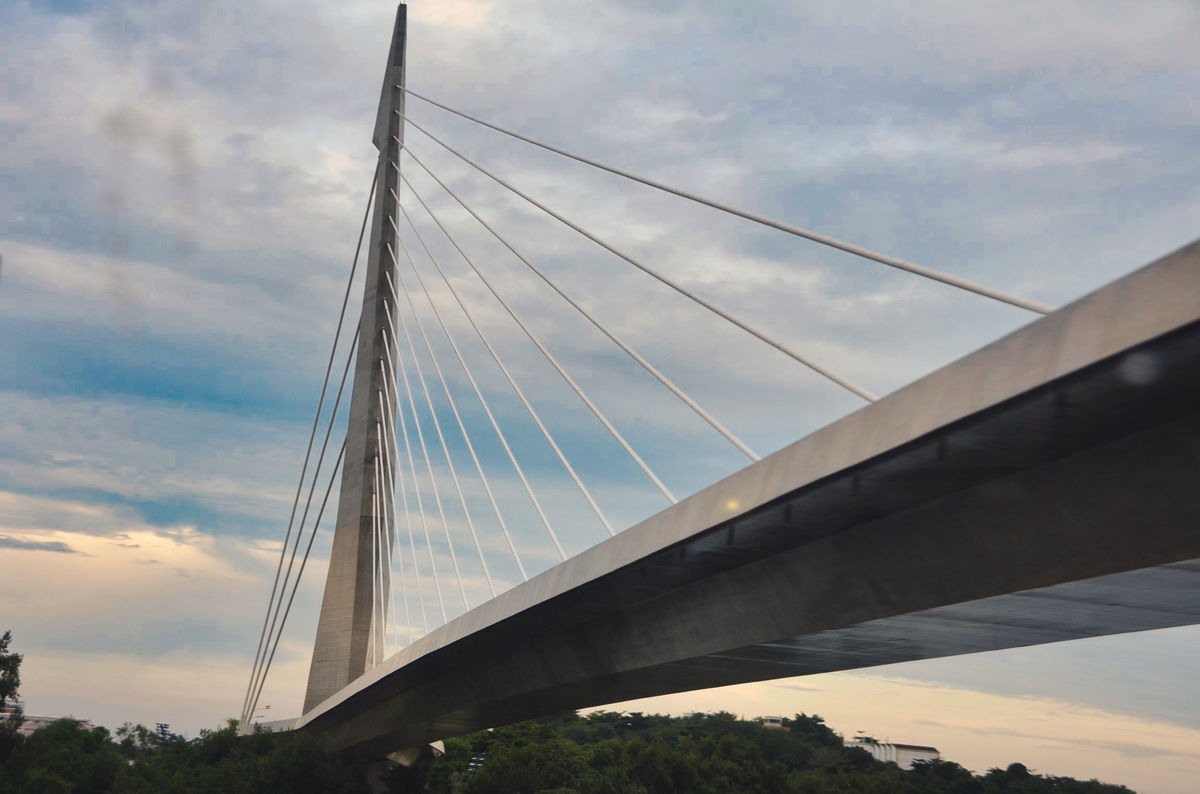
(Download)
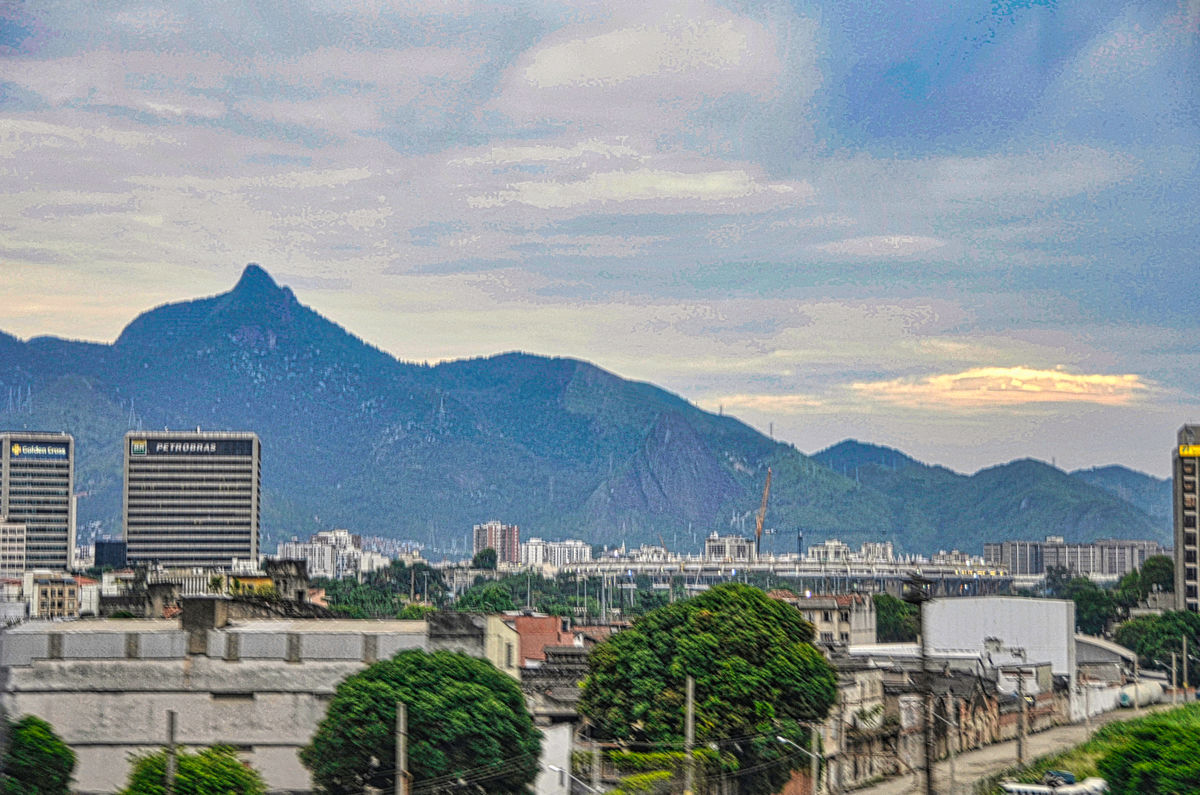
(Download)
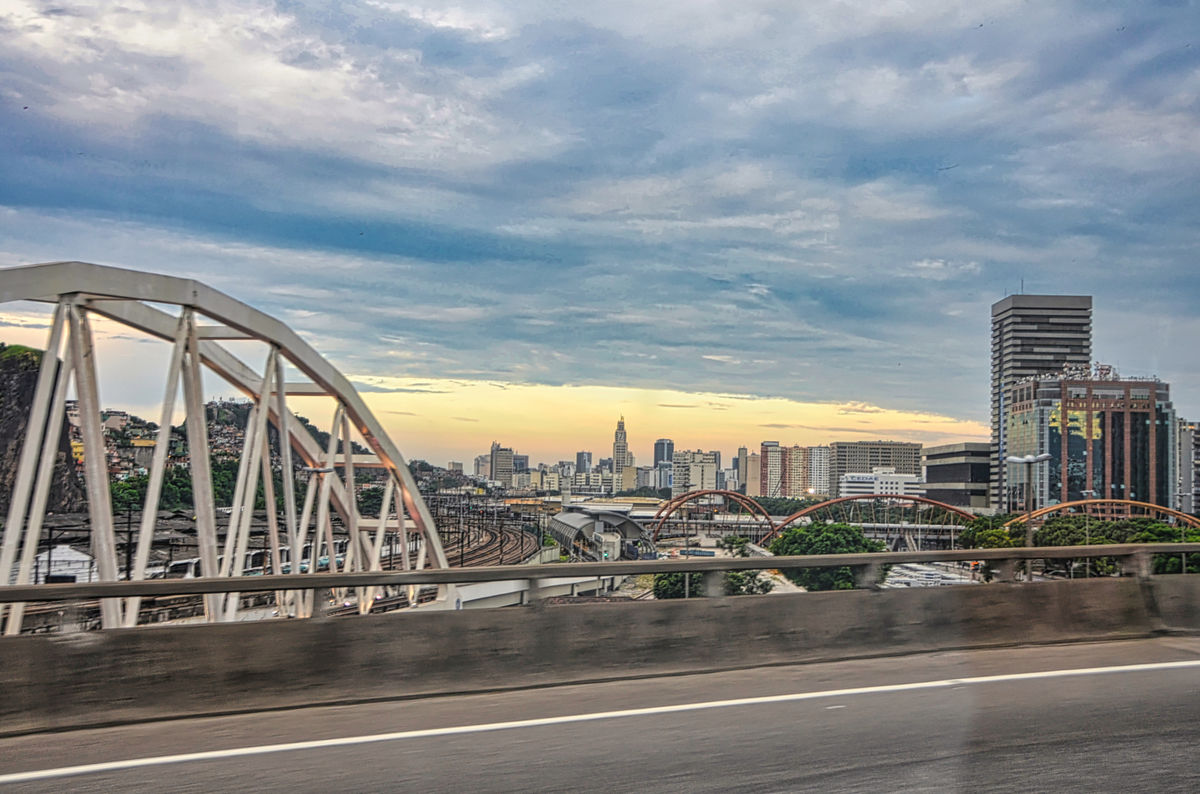
(Download)
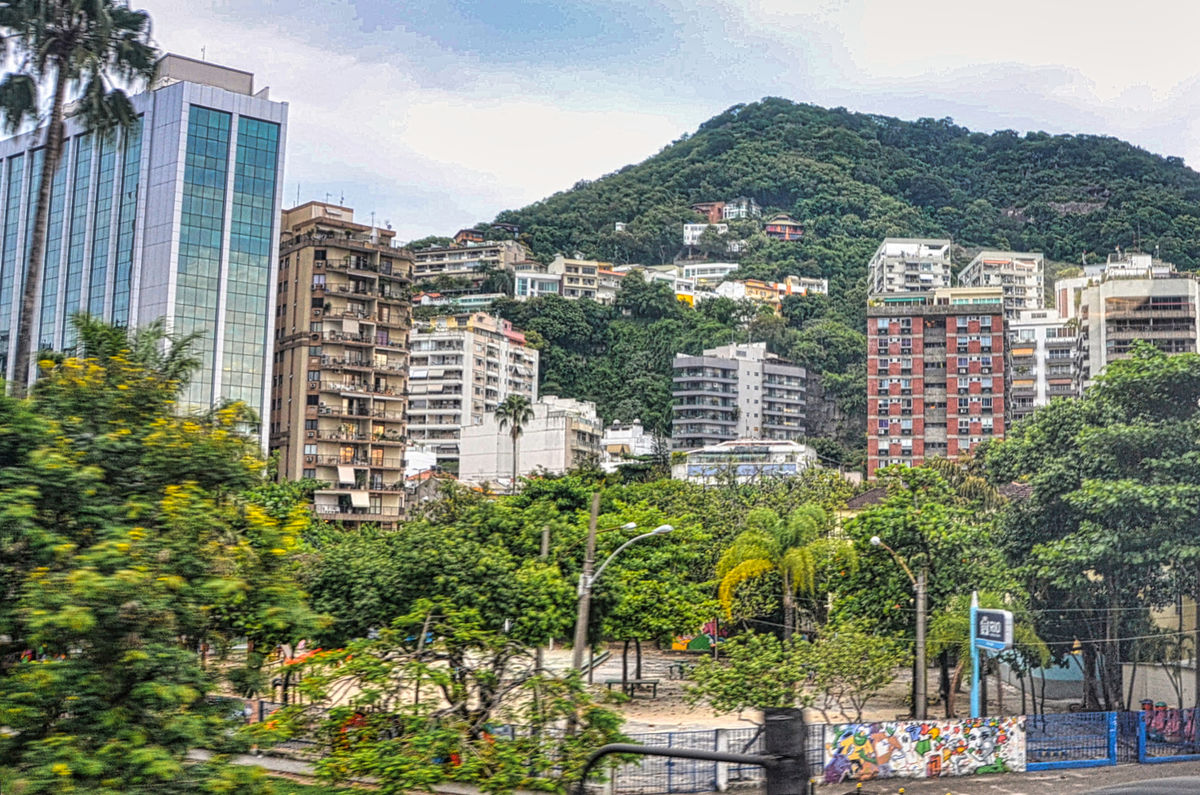
(Download)
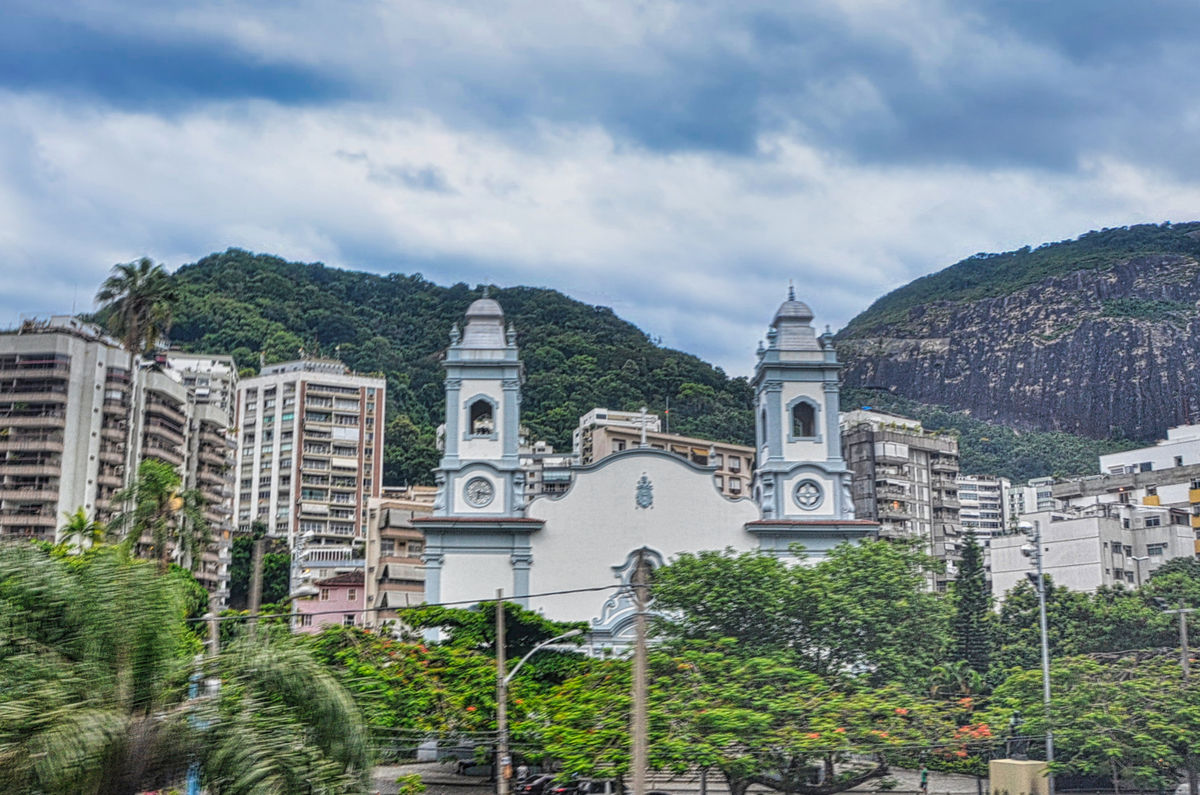
(Download)
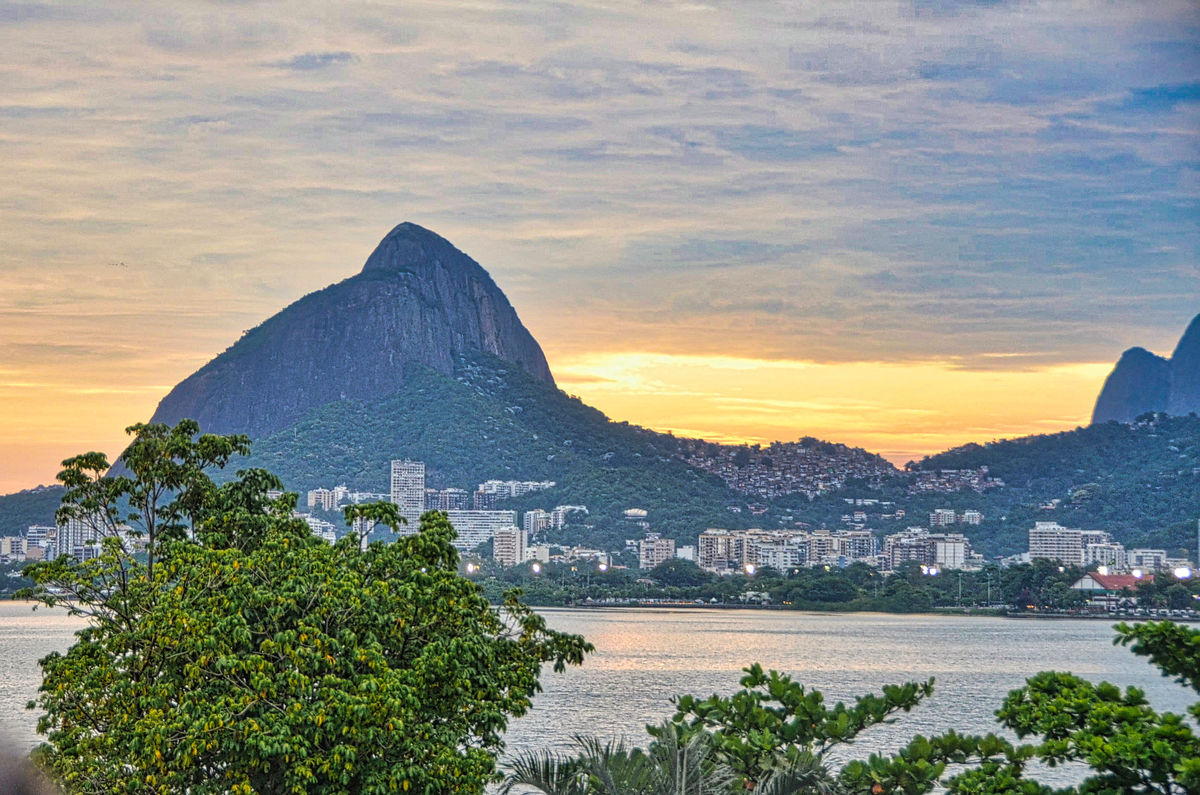
(Download)
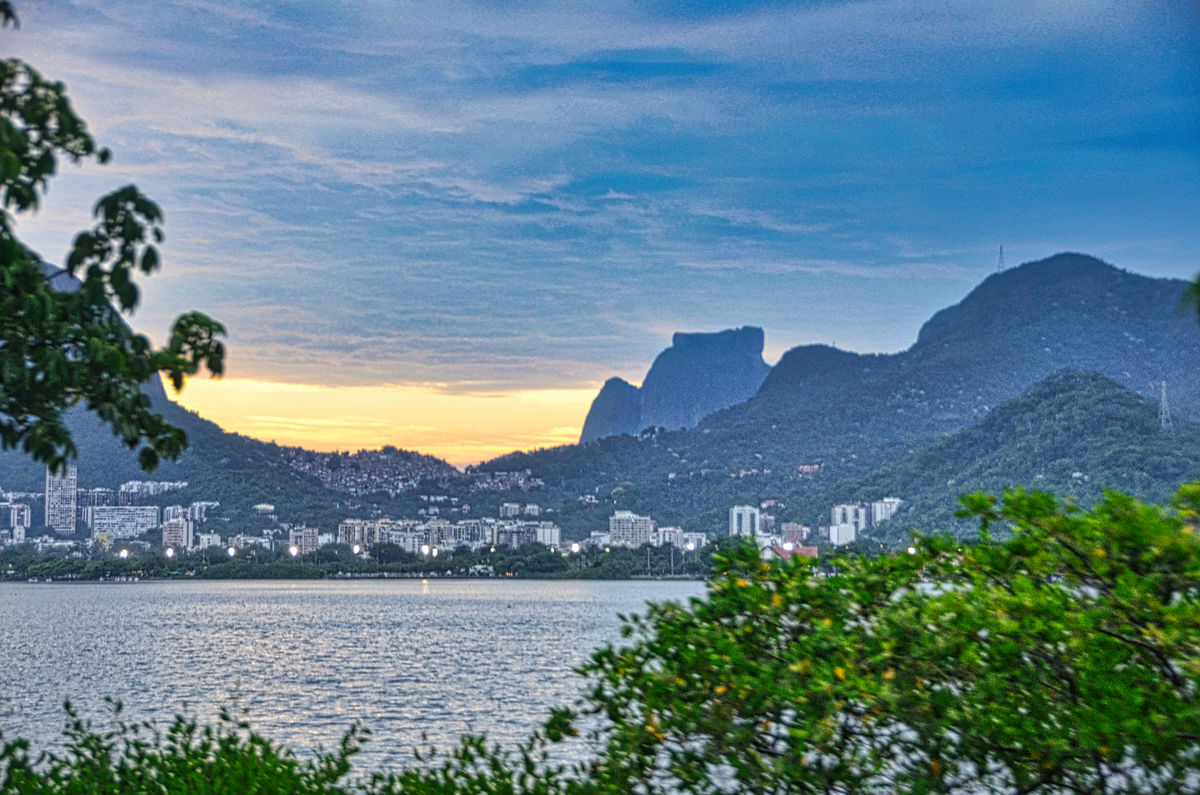
(Download)
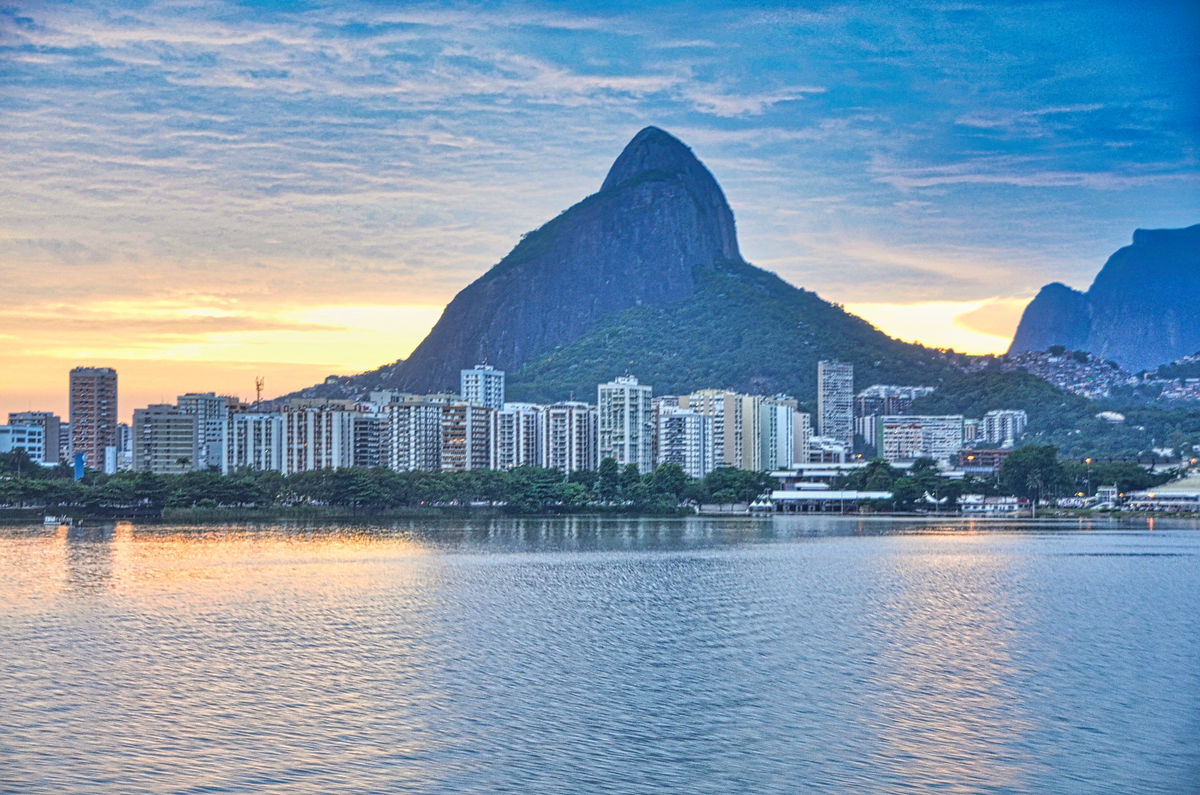
(Download)
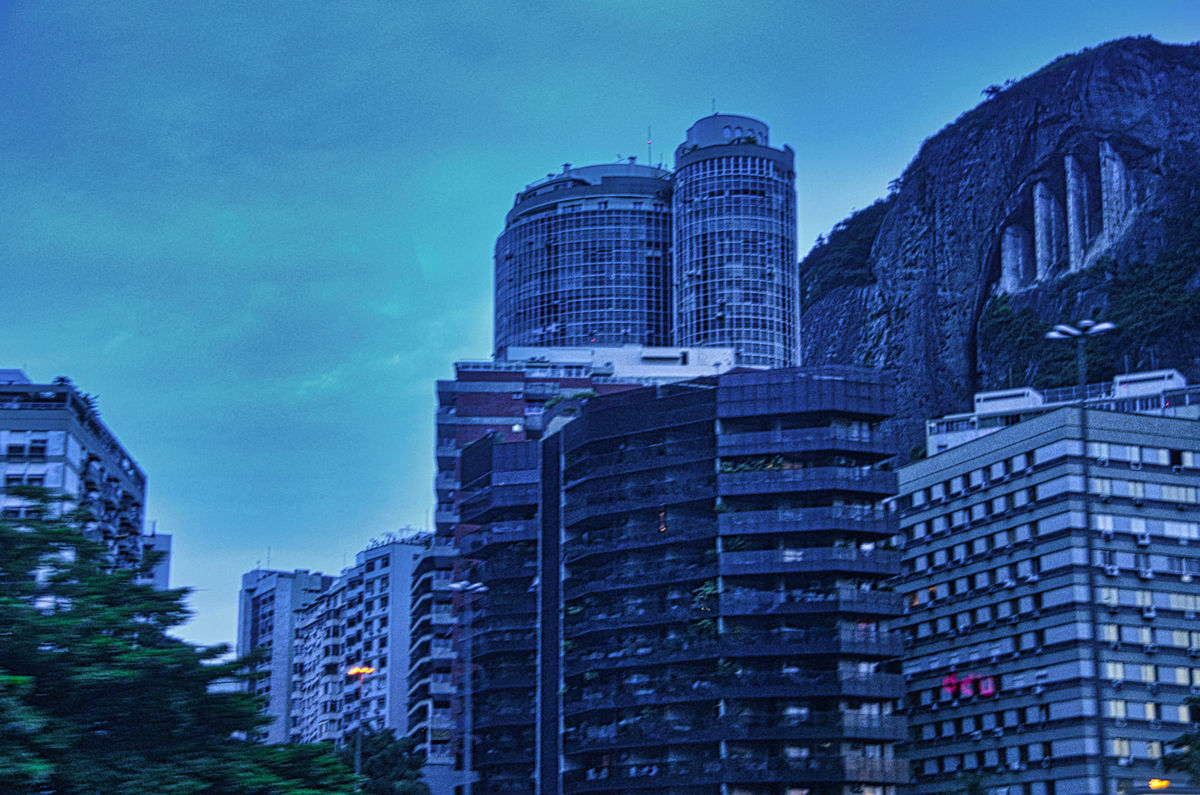
(Download)
Finally, we arrive and settle into our beautiful suite overlooking Ipanema beach
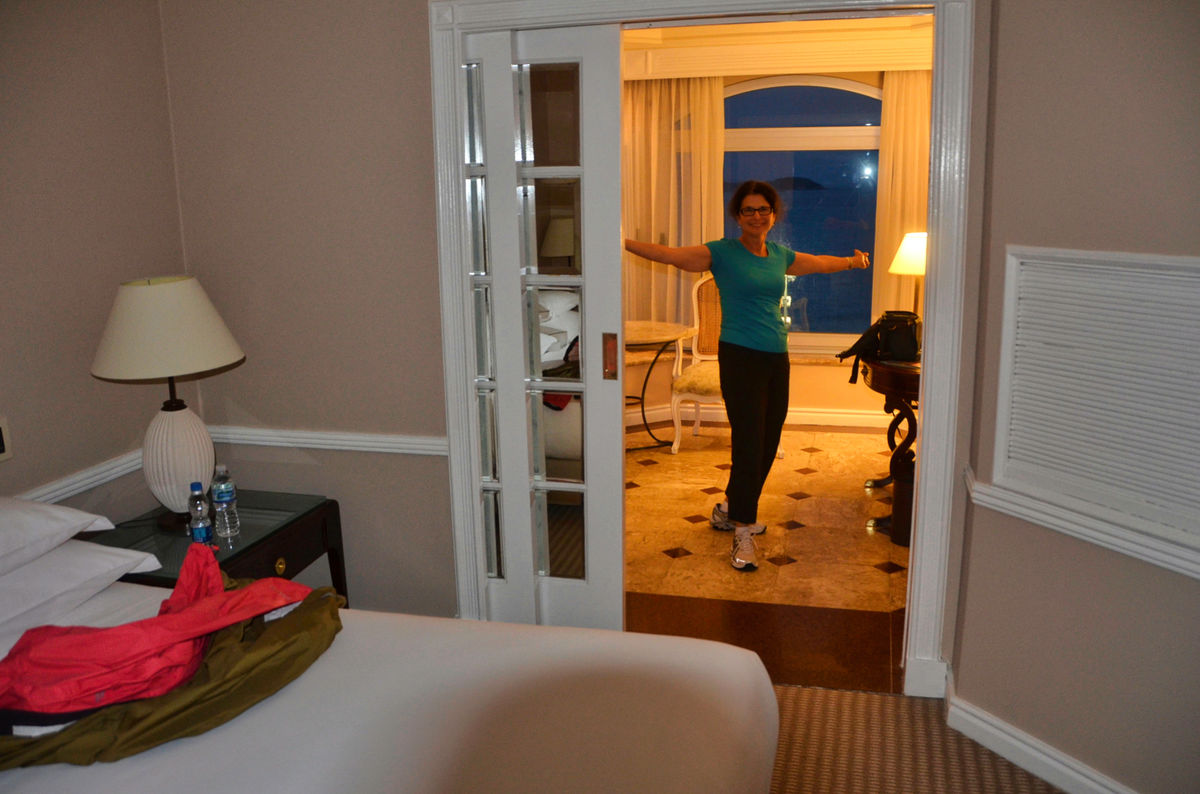
(Download)
Jun 8, 2022 14:40:52 #
Jun 8, 2022 14:59:29 #
srfmhg wrote:
We left Iguasu Falls after lunch and arrived in Ri... (show quote)
Dazzlingly beautiful place and masterfully shot images 🏆🏆🏆🏆🏆
Jun 8, 2022 15:07:26 #
JohnnyDW
Loc: Richmond and Sunshine Valley British Columbia
Great set Mark. Almost like being there, thanks! #8 my favorite.
Jun 8, 2022 15:10:52 #
sheldon minsky
Loc: iron mountain michigan
srfmhg wrote:
We left Iguasu Falls after lunch and arrived in Ri... (show quote)
Great shots and commentary look up the crime stats and you will see a different picture.
Jun 8, 2022 15:39:53 #
Jun 8, 2022 15:44:47 #
Jun 8, 2022 15:57:37 #
Jun 8, 2022 16:10:58 #
Jun 8, 2022 19:18:03 #
joecichjr wrote:
Dazzlingly beautiful place and masterfully shot images 🏆🏆🏆🏆🏆
Thank you very much Joe.
Jun 8, 2022 19:19:05 #
JohnnyDW wrote:
Great set Mark. Almost like being there, thanks! #8 my favorite.
Thanks very much Johnny. I like that one too.
Jun 8, 2022 19:21:58 #
sheldon minsky wrote:
Great shots and commentary look up the crime stats and you will see a different picture.
Thanks very much Sheldon. We were warned about crime. I wore a cheap Timex and carried my camera in a nondescript "man purse". We pretty much stuck with the group as well.
Jun 8, 2022 19:22:35 #
Jun 8, 2022 19:23:02 #
angler wrote:
Excellent as always Mark.
Thanks very much Jim. I appreciate!
Jun 8, 2022 19:25:03 #
kpmac wrote:
Nicely done considering they are shot through a bus window, Mark.
Thanks very much Ken. That trip was my first attempt at through the window shots with my first DSLR - a Nikon D7000. Lots of shots in the trash file!
If you want to reply, then register here. Registration is free and your account is created instantly, so you can post right away.

